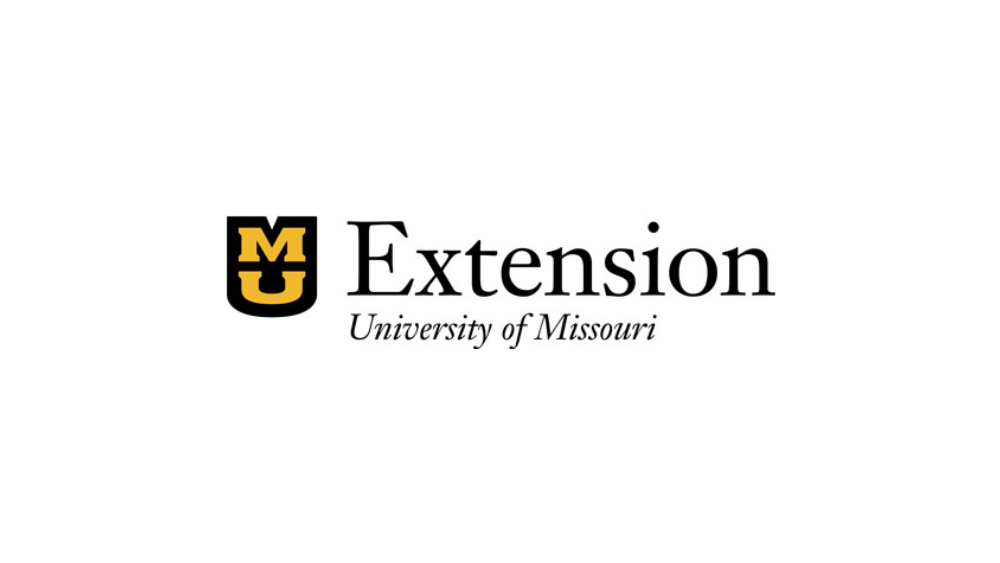
Drought, high feed and input costs and lingering supply chain issues will likely push Missouri cow numbers lower in 2023 according the University of Missouri Extension. Missouri lost six percent of its cow numbers from January 2021 to January 2022 according to the USDA National Agricultural Statistics Service.
The 2022 drought put a bull’s-eye on southwestern Missouri, the state’s largest cattle producing region. Hay and forage supplies dwindled, pushing up prices for feed inputs.
Drought pushed already falling hay production numbers even lower. In the past 20 years, beef producers have devoted fewer acres to hay and more to crops. Other factors that include supply chain slaughter capacity problems and even global issues such as the Russia-Ukraine conflict as well as higher diesel fuel prices can unexpectedly affect the producer’s bottom line.
Some of the tips the extension service gives to combat changing markets include:
-Consider changing management practices. Practices such as pregnancy checks, sorting into groups based on nutritional need and strategic culling will reap big dividends in the winter.
-Compare hay feeders. Research has shown nearly double the waste with open and poly feeder rings compared to sheeted rings. Modified cone rings had far less waste.
-Invest in soil tests. Soil tests help producers spend fertilizer dollars where they will get the best return. Evaluate whether to fertilize and invest in improved forages or buy supplemental feed.
-Good grass means green bucks. Keeping a few less cows and grazing their calves longer in times of high grain prices can reap rewards.
-Manage cow numbers. Get rid of poor performers. Avoid overstocking, which limits options, especially during tighter markets.
For tips, producers can view a series of videos by the extension at mizzou.us/ForageLivestockHour.


